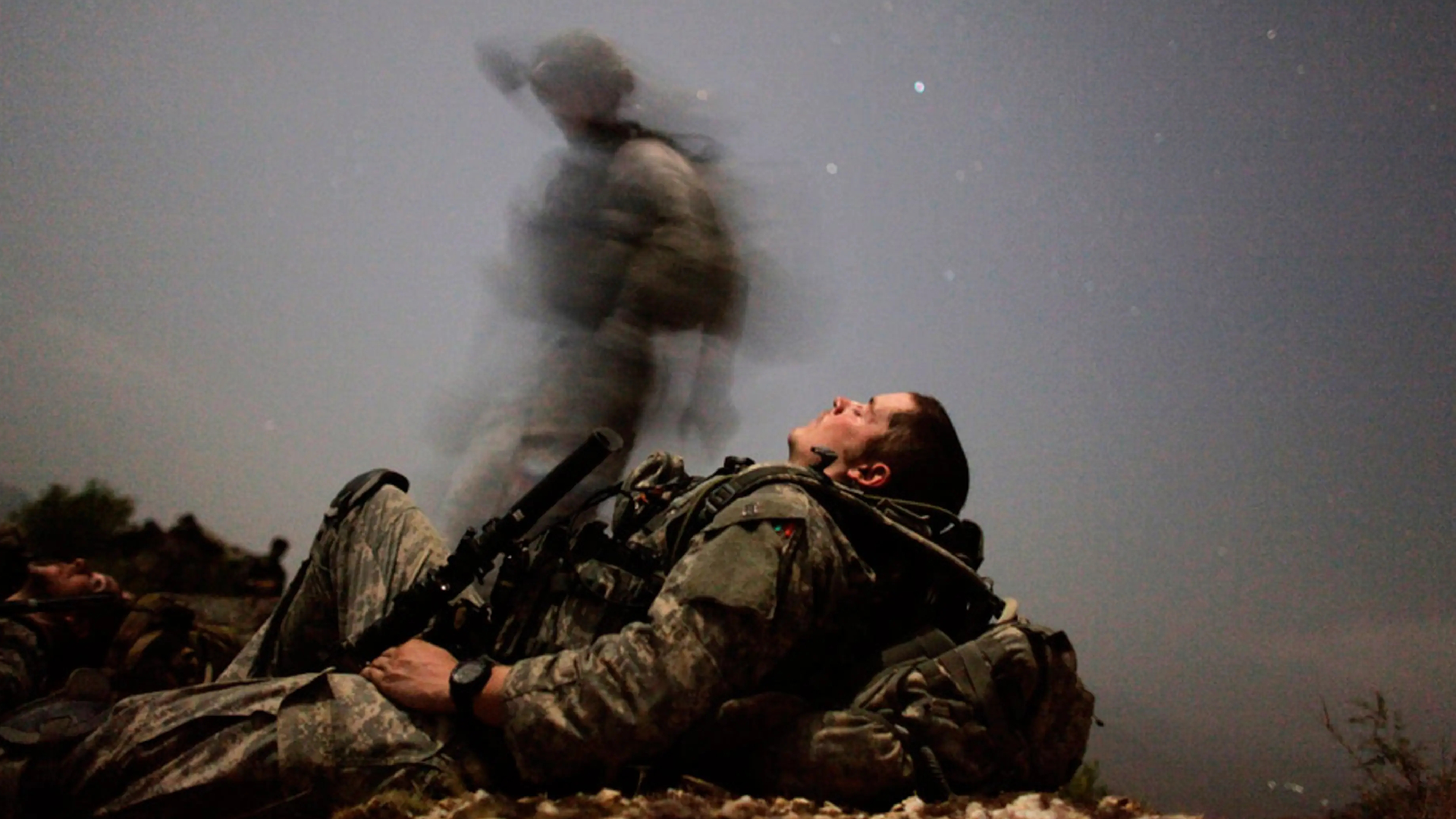According to a study conducted by Deloitte Access Economics, Australians get an average of 6.5 hours sleep per night, with 12% of the population reporting 5.5 hours or less. In the United States, more than 40% of people surveyed by the CDC reported an average of fewer than seven hours per night. In other words, the world could all use a bit more sleep.
Yet with working days starting earlier and ending later, and all the stress of modern living, it can be difficult to see how squeezing a bit of extra sleep at night can even be possible. Especially if you want to, you know, spend time with your loved ones, enjoy life in the evenings, feed yourself properly… cover little details like that. If you’re finding that there isn’t room to slip a bit of extra rest into your evenings, the US Army has a solution for you: fit it throughout your day.
Whether you’re on a plane, train, or with your head on a desk in between meetings – refreshing sleep anywhere and anytime is presumably attainable.

RELATED: How To Fall Asleep Fast In Just 60 Seconds
Soldiers tend to develop the ability to sleep whenever and wherever out of pure necessity. Naturally, on deployment, you never know when your next chance to cop a bit of rest will be given your days (and often nights) are spent in firefights, trenches, makeshift tents, and moving troop carriers. Exhaustion certainly helps close the eyelids, but it turns out they’re actually instructed in how to achieve quick sleep.
Lloyd Bud Winter, who coached the Navy in relaxation techniques during World War II, recorded his teachings in the book Relax and Win.
RELATED: Canberra Voted The World’s Best City For Quality Sleep
Here are his four straightforward steps:
- Relax the muscles in your face: your tongue, jaw, and the muscles around your eyes.
- Lower your shoulders as far down as they’ll go, followed by your upper and lower arm, one side at a time.
- Breathe out, relaxing your chest, followed by your legs, starting from the thighs and working down
- Spend 10 seconds clearing your mind before focusing on one of the following three images: lying in a canoe on a calm lake with nothing but a clear blue sky above you; lying in a black velvet hammock in a pitch-black room; or repeating “don’t think, don’t think, don’t think” to yourself over and over for about 10 seconds.
Although it may sound almost too simple to be effective, this trick has been reported to work for 96% of people after six weeks of practice. Practice is key.















